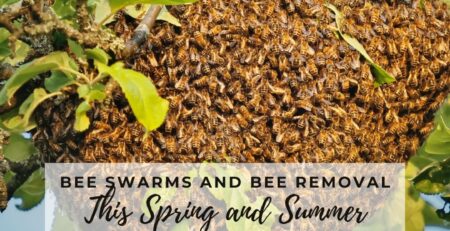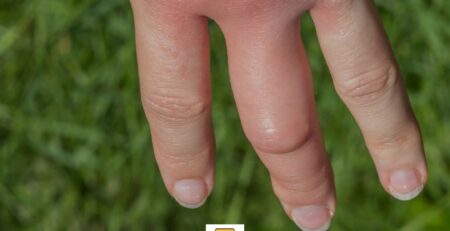Strange Places You Might Find Bees and What to Do Before Bee Removal Services Arrive

Bee removal experts have seen infestations in the strangest places–boats, chimneys, birdhouses, irrigation boxes, gardens, and rooftops, to name a few. The reason for this is that bee colonies will settle for anywhere that is cool, dark, and sheltered. Naturally, these bees aren’t trying to invade our space but it often happens that our environments collide in this way.
When traveling from place to place, bee swarms will sometimes rest in unsuspecting places. This can be quite unsettling for nearby residents or visitors. Fortunately, there are cases in which these bees will leave on their own account. However, there are also cases in which they will decide to establish their hive in that location. This can lead to infestations.
Any time a bee swarm makes their hive in a private neighborhood or public space, this can cause a danger to the people around. While many bees won’t sting unless provoked, their proximity to people living and working makes it more likely that some kind of disturbance will take place. This is why it is so important to call bee removal services to eliminate the threat.
Bee swarms may be found in common places like the trees at a park or the crevices of a backyard shed, but they can also be found in other odd places as well. Residents have records of infestations in mailboxes, cars, and front porches. One of the places that people are most shocked to find bees is on boats.
There is a long-believed misconception that water is the safest place to be when you are trying to escape bees. The truth is that bees are not afraid to hover around water, cross water, or settle in a cool, dark, shelter near water. While certainly strange, it is not uncommon to find bees nestled in the coastal harbors during the summer. They can be found on sailboats, yachts, dinghies, slips, and piers.
If you do happen to find a bee swarm on your boat, in your roof, mailbox, or any other strange place, make sure to immediately call bee experts to safely de-escalate the situation. Professional bee removers have the tools, resources, and knowledge to eliminate a hive and reduce the risk of bees returning to that spot. In the meantime, follow these guidelines for dealing with a hive:
Do not try to remove the hive yourself.
Some people think that they might be able to shoo away bees by spraying them with water or waving at them with a large object. This will only make the situation worse. If you agitate the hive, then they may become aggressive and will be more likely to sting you and others around you.
Take note of the situation to relay to bee experts.
If you notice a buzzing sound or you can see a hive in plain sight, then be sure to take note of the circumstances. Do not get too close to the hive but observe what you can from a safe distance. Any information that you can provide to bee experts will help them efficiently resolve the problem.
Stay away from the infested area.
If there is a bee swarm somewhere, then you should isolate it from any potential agitators. Make sure to clear the area and prevent anyone from getting too close to it. Also, if you know anyone that is allergic to bees, then you should immediately evacuate them from the area. If you are lucky, the bees may just be resting for a bit and will fly off on their own. You may still want to call a professional to take a look at the situation and give the all-clear when it is safe.







